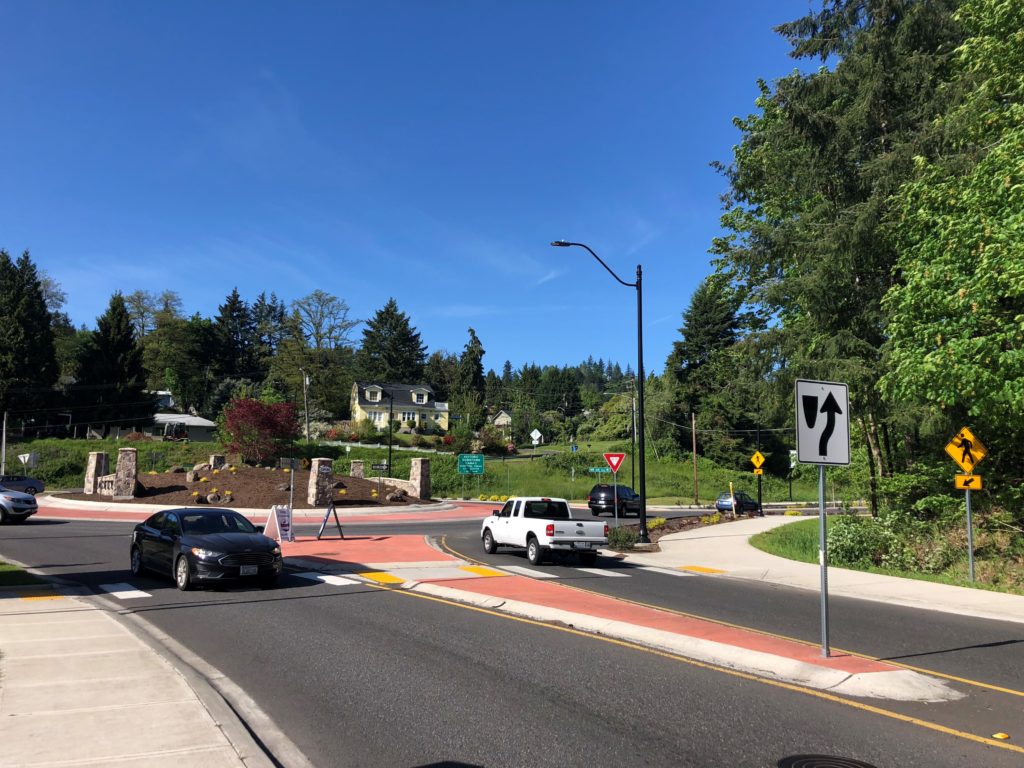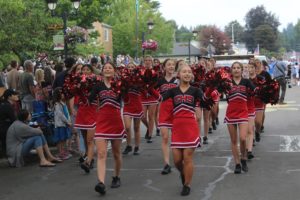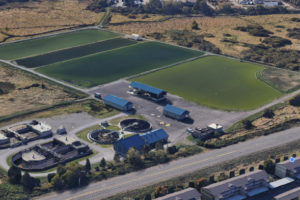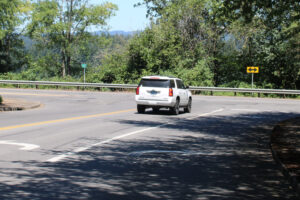Cities across Washington state, including Camas and Washougal, are currently submitting traffic safety plans to the state’s CIty Safety program.
A part of the federal Highway Safety Improvements Program that allows states and local governments to target their most critical traffic safety needs, the Washington State Department of Transportation (WSDOT)’s City Safety program provides biannual grant funding for road projects that seek to reduce fatal and serious injury crashes on city streets. The safety programs align with Washington state’s Target Zero vision, which seeks to eliminate traffic fatalities in the state by the year 2030.
The program funded four Clark County projects during the 2018 and 2020 grant-funding cycles, including a $130,900 intersection improvement project at Fourth Plain Boulevard and Stapleton Road in Vancouver; a nearly $780,000 “road diet” project to convert Fourth Plain Boulevard from four lanes to three between “F” Street and Fort Vancouver Way; and two Battle Ground projects worth nearly $250,000 that improved traffic safety near a residential subdivision and two schools.
Camas and Washougal will each submit road safety plans to WSDOT this month that are designed to reduce traffic collisions and prevent future serious injury and fatality crashes on city roadways.
Following is a look at the results of each city’s traffic safety studies for 2022:




